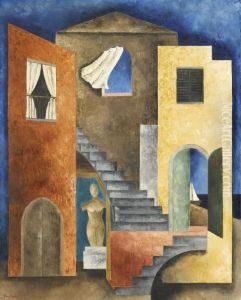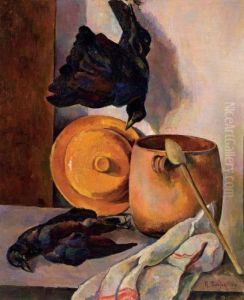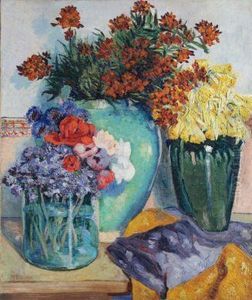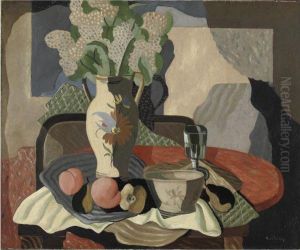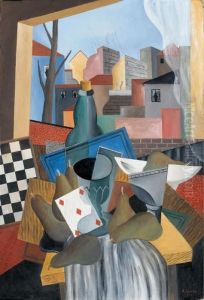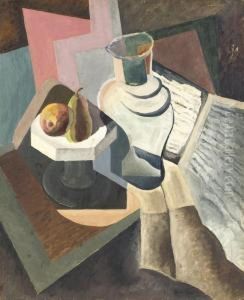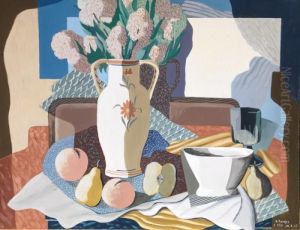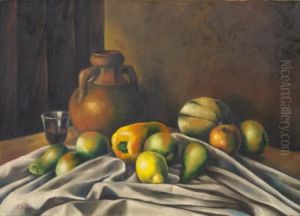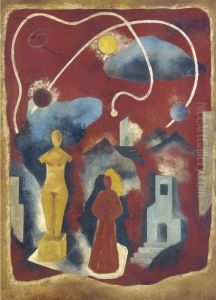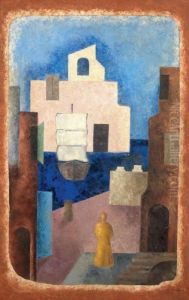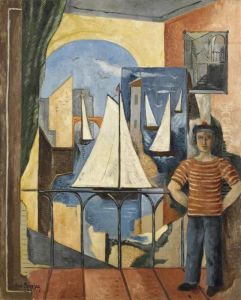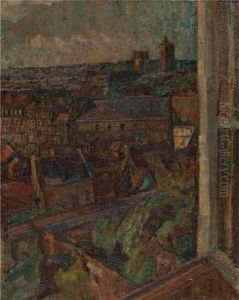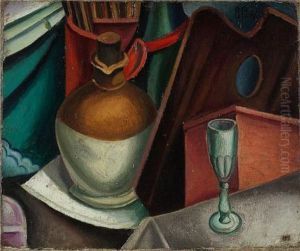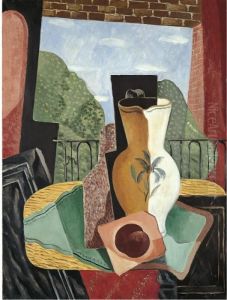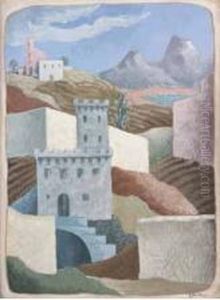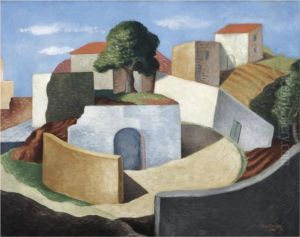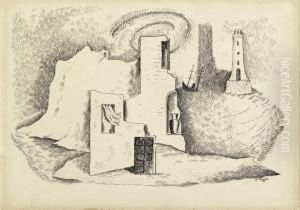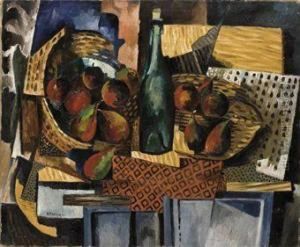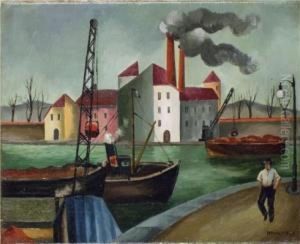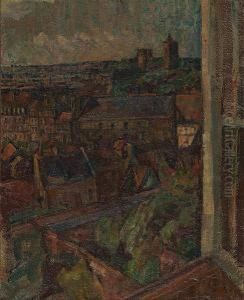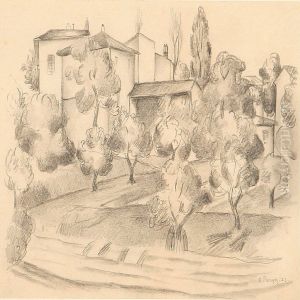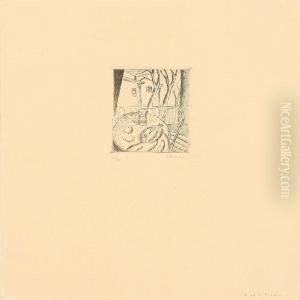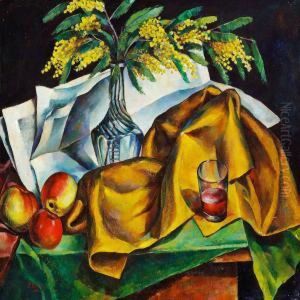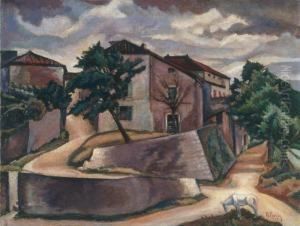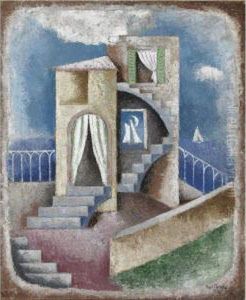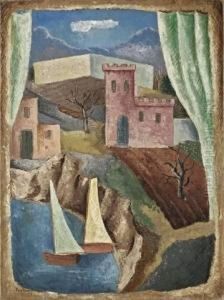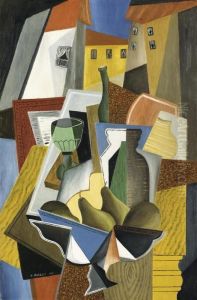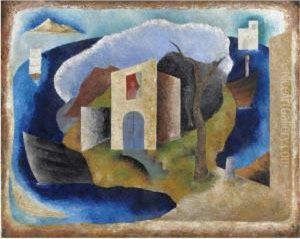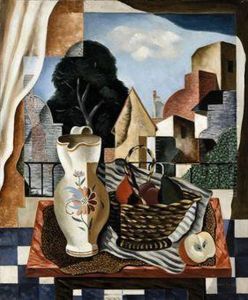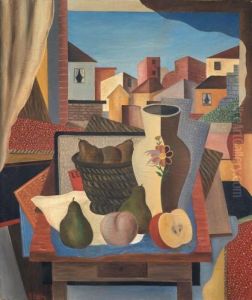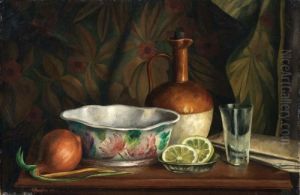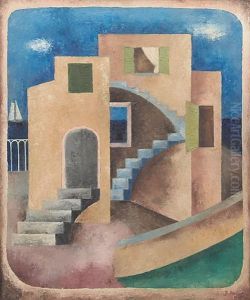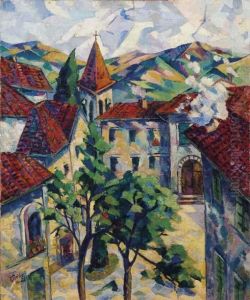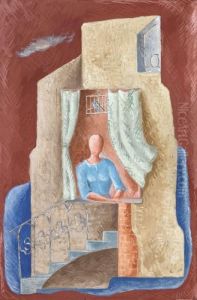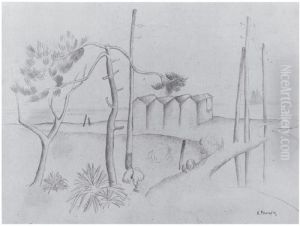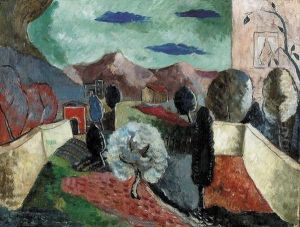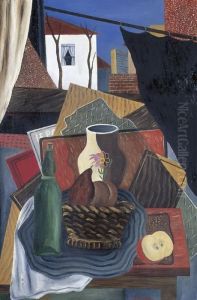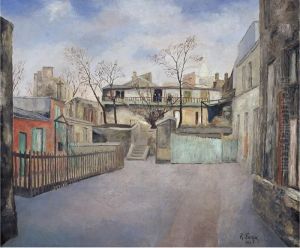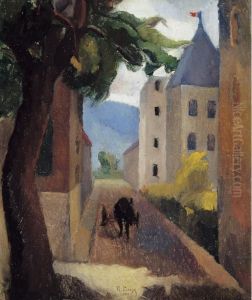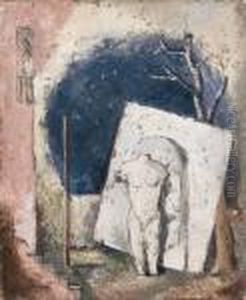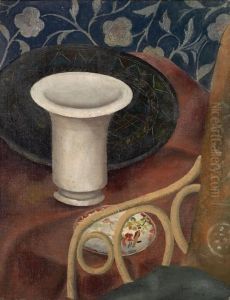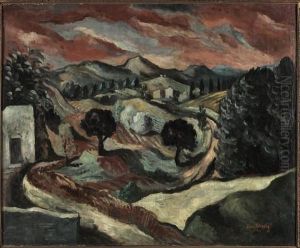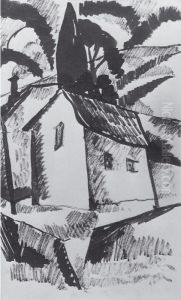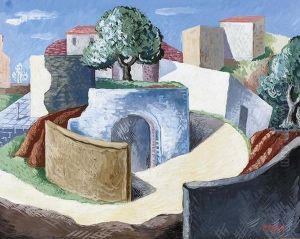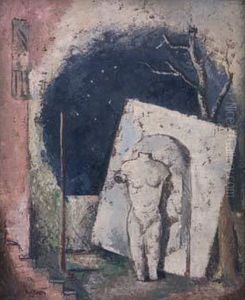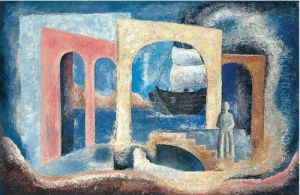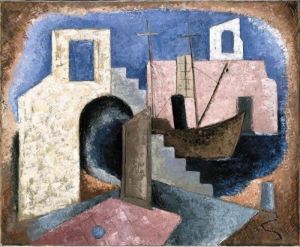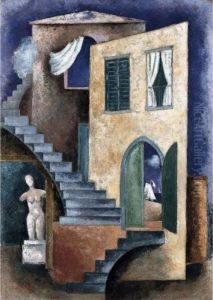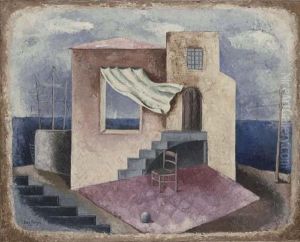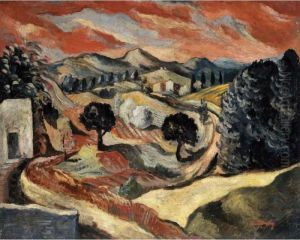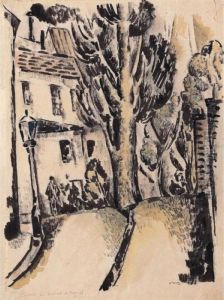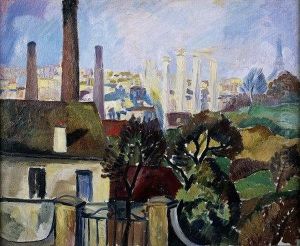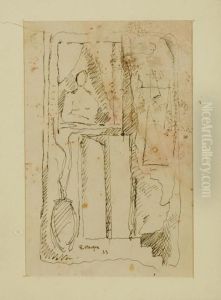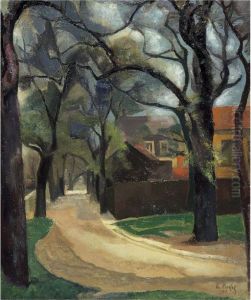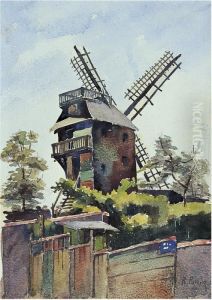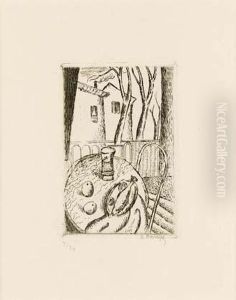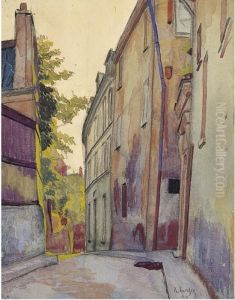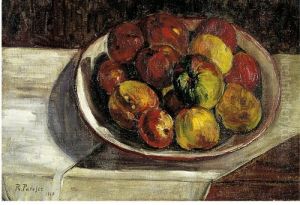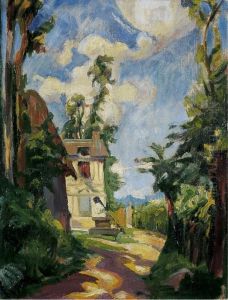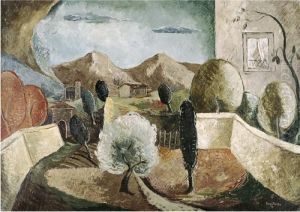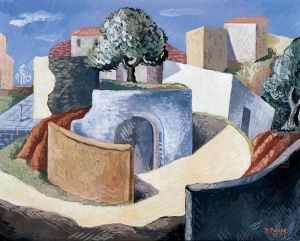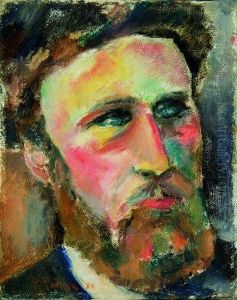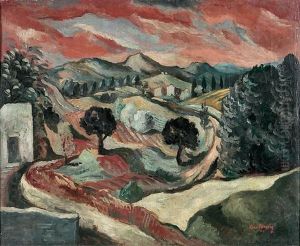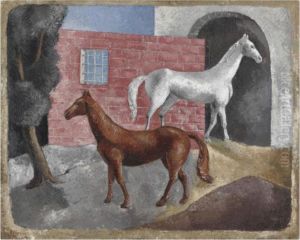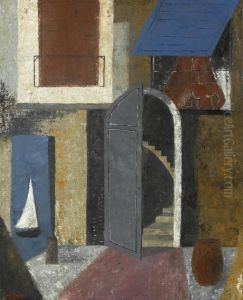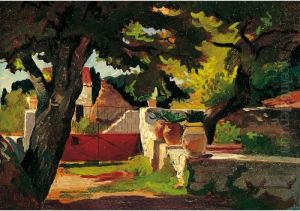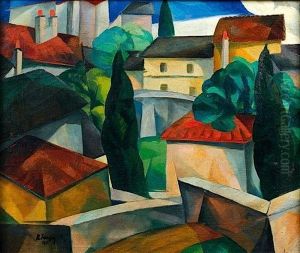Renato, Rene Paresce Paintings
Renato Paresce, also known as René Paresce, was an Italian painter who played a significant role in the European avant-garde art movement of the early 20th century. Born on December 11, 1886, in Rome, Italy, he was originally named Renato Simoni. His father was an Italian journalist and his mother was of French descent, which likely influenced his later adoption of the French version of his name, René.
Paresce's early life was marked by his education in classical literature and philosophy, which he pursued at the University of Rome. However, his passion for art led him to abandon his academic studies and dedicate himself to painting. In 1907, he moved to Paris, which was then the epicenter of the art world. It was here that he became fully immersed in the artistic circles, rubbing shoulders with significant artists of the time, including Amedeo Modigliani, Pablo Picasso, and Jean Cocteau.
In Paris, Paresce's work evolved as he experimented with different styles and techniques. He was influenced by Impressionism, Fauvism, and Cubism, and his paintings from this period show a dynamic combination of these artistic movements. His style was characterized by a bold use of color and a tendency towards abstraction, although he never fully abandoned representational subjects.
During World War I, Paresce served in the Italian army, and this experience had a profound impact on his artistic vision. After the war, he returned to Paris and became a member of the 'École de Paris', a loose group of mostly foreign artists living and working in the city. His work started to gain recognition, and he participated in several exhibitions, including the Venice Biennale.
Unfortunately, Paresce's career was cut short by his premature death. He died on December 27, 1937, in Sanary-sur-Mer, France. Despite his early death, Paresce left behind a body of work that continues to be appreciated for its contribution to the avant-garde and for its vibrant depiction of the artistic life in Paris during a pivotal period in the history of art.
